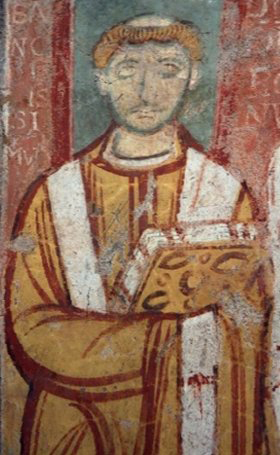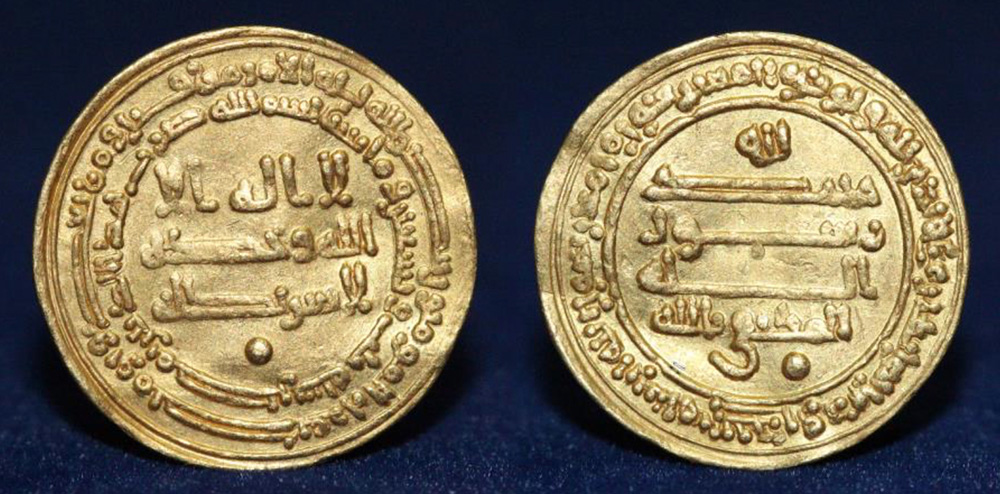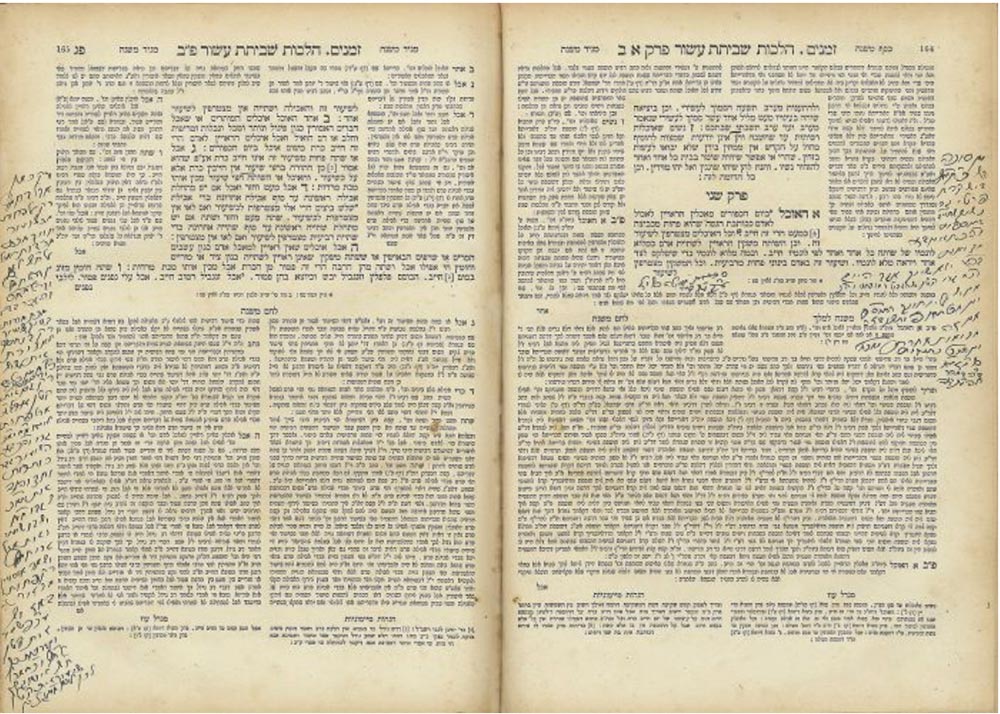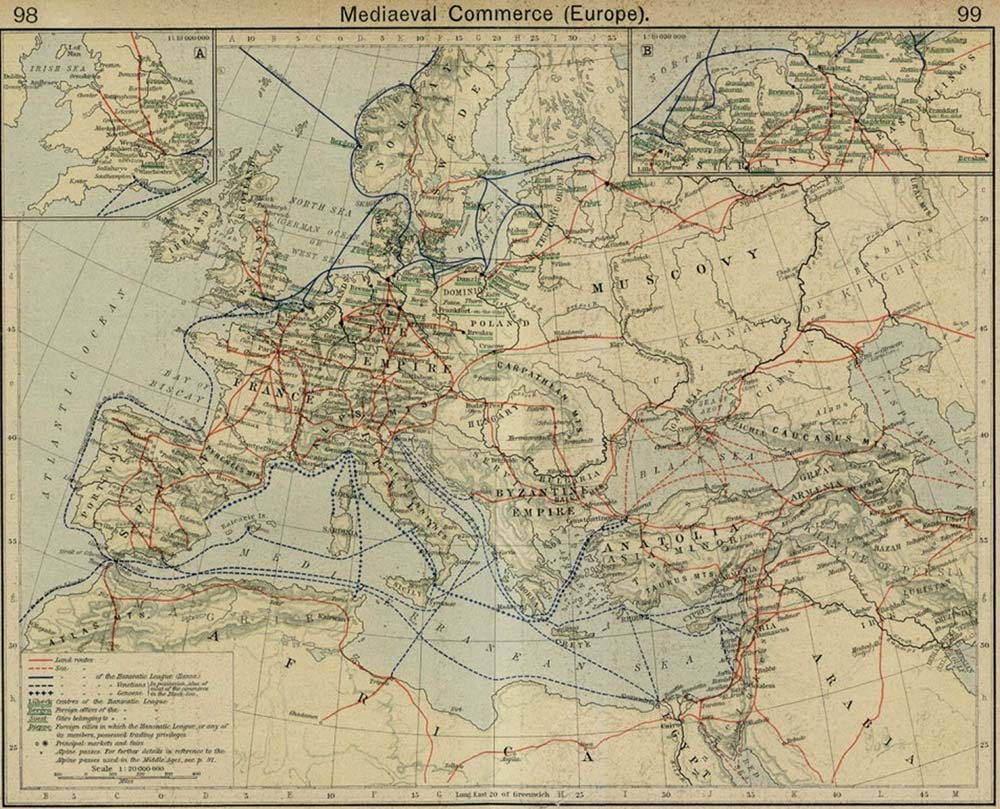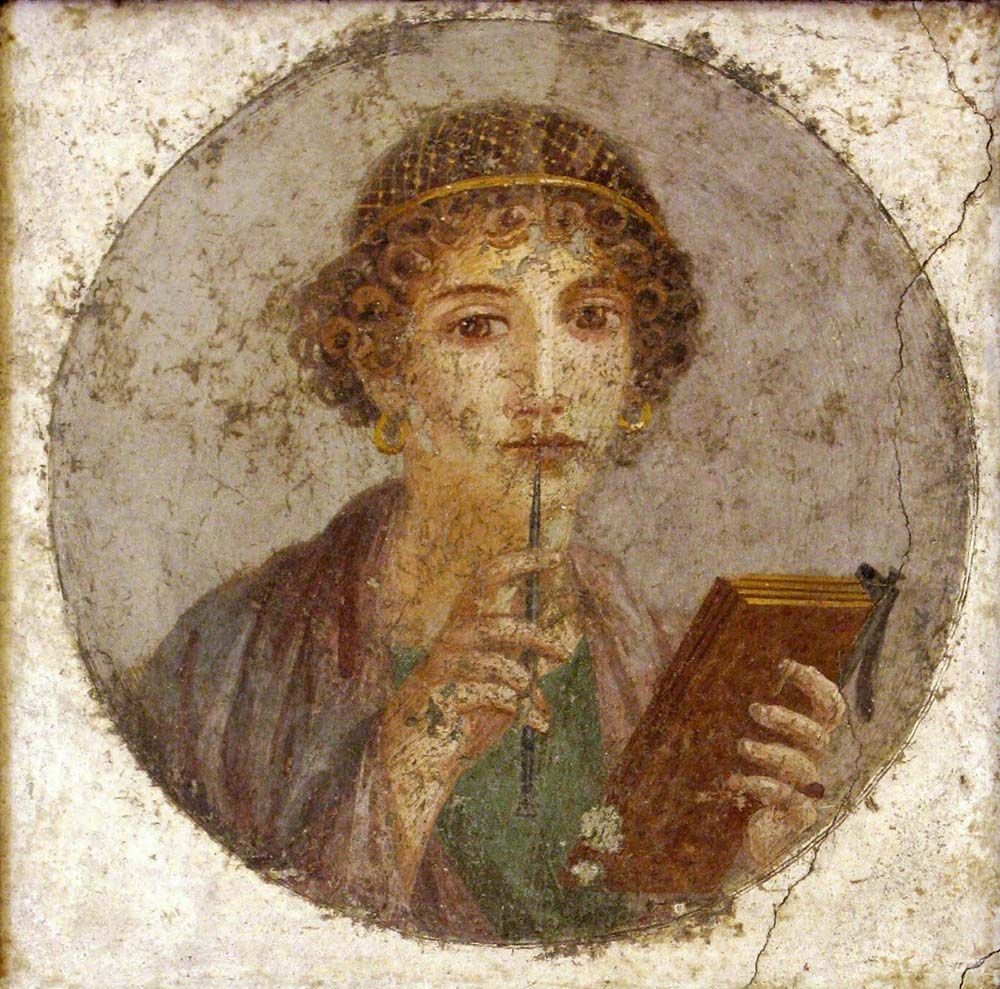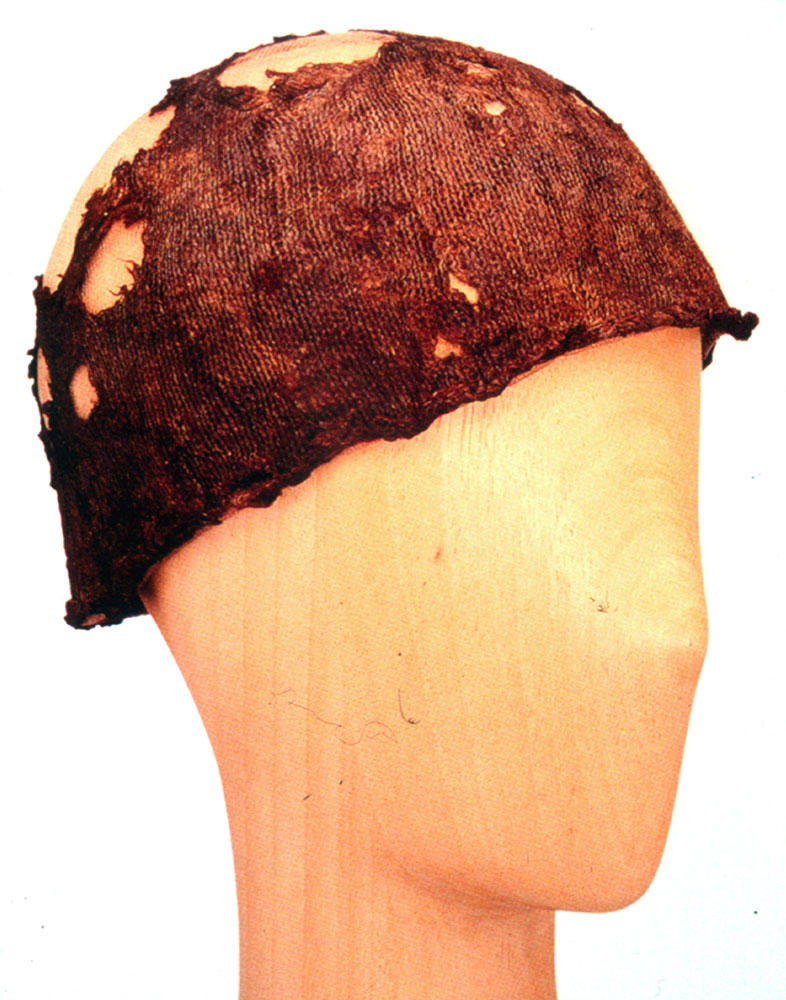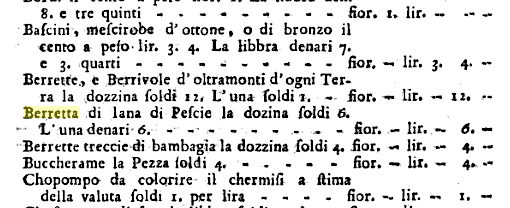Middle Ages
Sardinia, which will later have such a great importance in the history of sea silk, is mentioned for the first time in the early Middle Ages. In 847, Pope Leo IV (790-855) asked the Sardinian judges to send sea wool for the production of pontifical garments: “lana marina, quod nos usu nostro pinnino dicimus.” Lana marina should now be clear, but what does the “common” term pinnino mean in this context (Herbers 1996, Carta Mantiglia 1997, Meloni 2002, Zedda 2006, Pala 2013)? There are several explanations for the term pinnino (also pinnikon), and because its meaning has changed over the centuries it must always be seen in context. In Periplus maris erythraei, a book dating from the 1st century A.D. describing ports, trading conditions and the flow of goods along the routes of Indian trade, the term refers to pearls or the pearl oyster, perhaps also for fabrics decorated with pearls. A second explanation refers to fabrics made from the feathers of native birds, “pinne di uccelli acquatici, come oche, cigni, anatre” (Zanetti 1964, Bellieni 1973), as seen in Arabic sources. These speak of a precious fabric made of or with bird feathers, the color of which was constantly changing, called suf al-bahr, buqalamun, abû qalamûn: “it was usually compared with peacock feathers and with the plumage of a Nile wader bird, the Sultan fowl (Porphyrio porphyrio), which seemed to change the colour of its feathers continuously” (Baker 1991).
The third explanation is a linguistic one; sea silk is referred to in this Vatican letter from the 9th century: “pinninum traduce il greco érion píninon ‘lana della pinna‘ (bisso) e anche l’espressione latina lana marina corrisponde in modo perfetto, come calco, al greco tà ek tês thaláttes éria” (Paulis 1983). This is the first mention of sea silk in Sardinia. This letter is possibly the source for the often repeated and re-told assumption that sea silk was used for church vestments. However, no material evidence has been found to date. A priestly vestment in Saint-Yves in Louannec (Brittany) allegedly made with sea silk has been analyzed and consists of silk, linen and gold threads (de Reyer 1997).
The Arabic terms suf al-bahr, buqalamun or abû qalamûn are not only associated with fabric made from bird feathers, but also with sea silk. According to the 11th century book about the Fatimids in Egypt written by the Persian author Naser-e Hosrou, in the “city of Tinnis, the buqalamun is woven that cannot be found anywhere else in the world. It is a colourful fabric that shows a different shade at every time of day. […] This fabric is exported from Tinnis to the Occident as well as to the Orient. I have heard that an emperor of Byzantium once suggested to the ruler of Egypt that he should take a hundred cities of his empire and give him Tinnis in return; but the Sultan refused. But what interested him was the linen and the buqalamun.” (Serjeant 1972, Lombard 1978, Stillman 2000, Halm 2003, Boulnois 2004) According to the today’s accepted theory, suf al-bahr is sea silk, and buqalamun or abû qalamûn, on the other hand, is the name for the Pinna nobilis (Maeder, not published).
Another exceptional testimony to the existence of sea silk in the High Middle Ages is found in a letter sent by Berta of Tuscany (ca 860-925) to the Caliph of Baghdad around 906. The Latin text written on white silk is unfortunately only preserved in a version translated from Greek into Arabic. The daughter of Lothar II and wife of the Margrave of Tuscany, Adalbert II, tends to overestimate herself. In the letter, she calls herself “Queen of the Franks”, “more powerful than Byzantium”, “mistress of 24 empires, including Rome”, and asks for the friendship of Caliph al-Muktafi (875-908), the then most powerful Islamic prince. With the letter, the envoy delivered rich gifts, only the best products of her empire, as she writes. In addition to weapons and large dogs, slaves and eunuchs, falcons and pearls, the long list includes “venti vesti di lana prodotta da una conchiglia estratta dal fondo del mare in quelle parti, dai colori cangianti come l’arcobaleno, che cambia colore ad ogni ora del giorno”, or twenty robes made of wool, produced from sea shells, in the colours of the rainbow, changing at every hour of the day (Levi della Vida 1954, Mor 1954, Renzi Rizzo 2001). This list also explains another erroneous assumption, namely that the medieval vesti d’oro were made of sea silk. Why? This list also mentions 20 gold woven vesti tessute d’oro!
The Jewish jurist Maimonides (ca 1135/38-1204) also mentions textiles in his writings under the terms “sea creature” and “wool that grows in the sea”. Recent studies assume this to be sea silk (Makbili 2013). This is also indicated by Hebrew writings of the 9th to 13th centuries, which were found in the Geniza of Cairo at the end of the 19th century. This was a side room of a synagogue, in which religious texts and documents that were no longer in use were kept. Text fragments tell of a textile material called sea wool and “wonder of the western world” which was produced by a large sea shell. ”In addition to the main textiles […] some minor fibers are mentioned in the Geniza records […] A fanciful material was ‘sea wool,’, made of threads produced by a large marine mollusk, which have a golden luster and take on various colors during the day. Known in Italy from Roman times to the present day, it was counted by the Muslims as one of the marvels of ‘the West’ and the Umayyad rulers of Spain used to forbid its export. In a large order for precious textiles we find also one for two covers of sea wool, each twenty-four cubits long and woven together with green and red silk.” (Goitein 1967). How should this “cover” be seen? Could it resemble the strange woven sea silk fragment in the mollusk collection of the Natural History Museum in London (Maeder & Médard 2019)?
In a 13th century poem, the Italian Francesco di Barberino describes the splendour of a royal wedding room. It ends with the line “con nova vesta di lana di pesce.” (Zanetti 1964). Lana di pesce is one of the Italian terms for sea silk.
Almost all texts from the Middle Ages refer to the colour changes of a certain textile during the course of the day, depending on the sunlight, depending on the incidence of light. In fact, woven, and even more fur-like sea silk shimmers in various shades of gold bronze, copper and dark brown, depending on the light (see also the chapter Aspects of craftsmanship → Extraction and Cleaning).
The following poem was written in the 14th century by the Byzantine poet Manuel Philes (ca. 1270 – after 1332). It mentions the hair of the pinna, reminiscent of cobwebs, whose luster gives a seductive charm to the curls of young girls:
Pinnae quod humidum effluit de viscere,
Qui fulgur aequet, fit lapillus lucidus;
Sed unionis induit tandem jubar,
Vis promoventis si caloris appetat.
Quin & pilorum pinna germen byssinum
When we read this poem – who does not think of the pensive young girl from Pompeii with the book in her hand and the stylus at her mouth – and a fine golden hairnet?
The historian Serjeant writes in his book on Islamic textiles in 1942 that in the 14th century, the Arab historian Al-Umari reported on high officials in Damascus who wore precious dresses made from wabar al-samak (fish down), may be another term for sea silk.
A textile inventory from 1399 contains half a dozen bonnets en poil de poisson for the French Queen Isabeau of Bavaria (1370-1435), who was notorious for her dissolute life. Some believe this to be fish skin, but other think it may have been sea silk (Lombard 1978, Sardi 2012).
Oldest object made of sea silk
From the Late Middle Ages comes the oldest surviving object made of sea silk, a right knitted cap, which was found in 1978 during archaeological excavations near the cathedral of Saint-Denis near Paris. It was not in a grave, but in a dépotoire, a waste pit. It is dated as 14th century because of the other discoveries from the same site. The cap is now on display at the Musée d’art et d’histoire in Saint-Denis (Rodrigues & Wyss, 2001, Maeder 2008).
During the Renaissance, Florence was the center for the trade of precious fabrics, and sea silk was one of them: “Nelle merci fiorentine però dei secoli decimoquarto e decimoquinto si trova nominata la lana di pesce”. This “fish wool” is also mentioned in a Florentine catalogue of goods dating from 1442: Berretta di lana di Pescie, beret or cap made of sea silk (Pagnini della Ventura 1766, Pignotti 1843).

